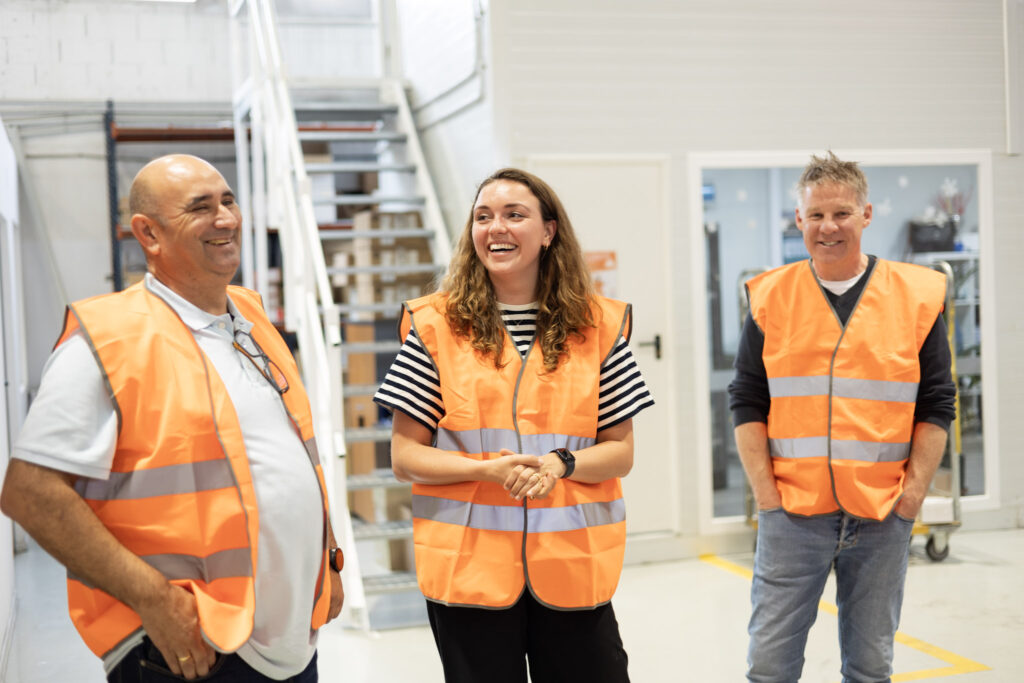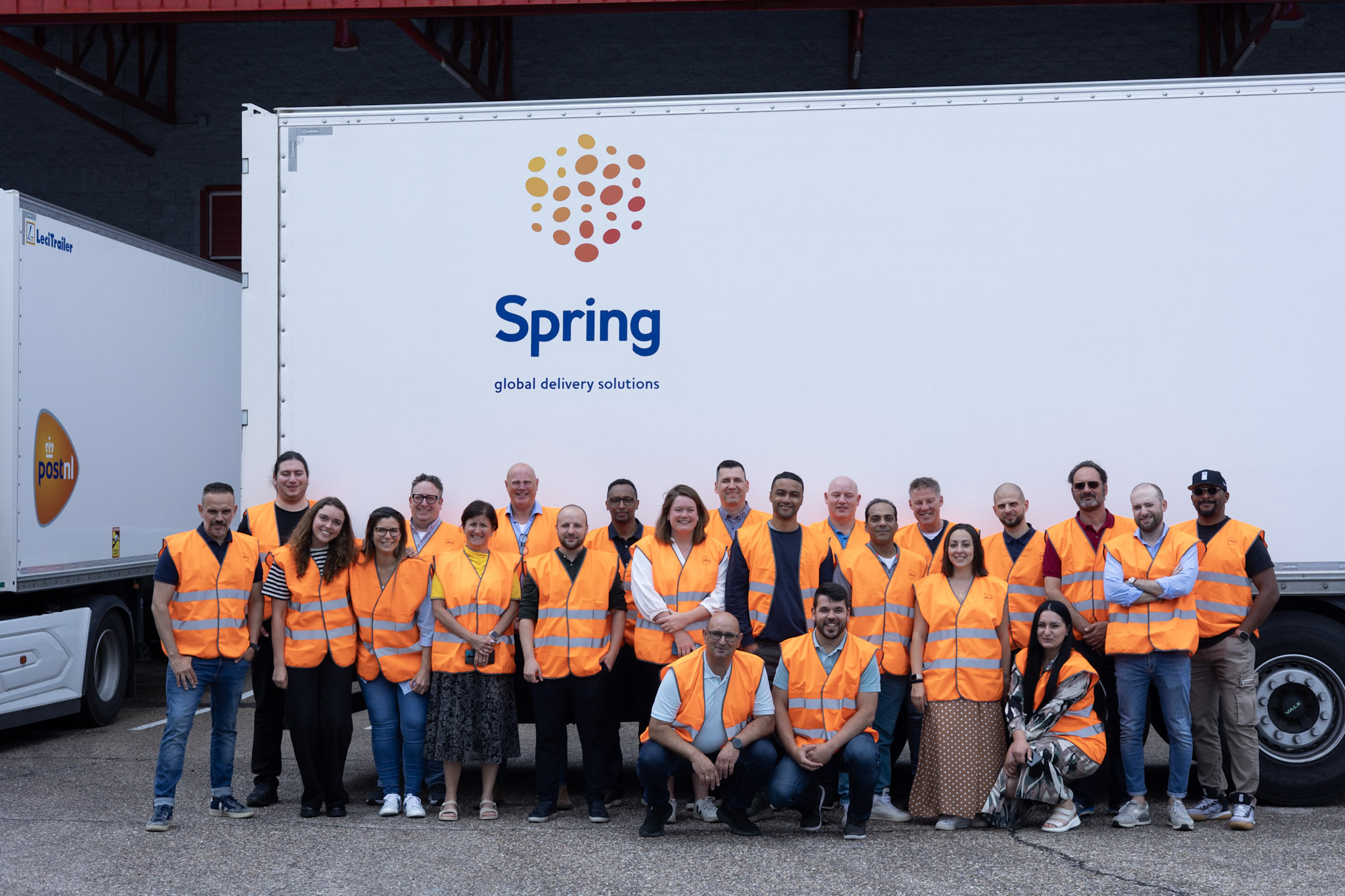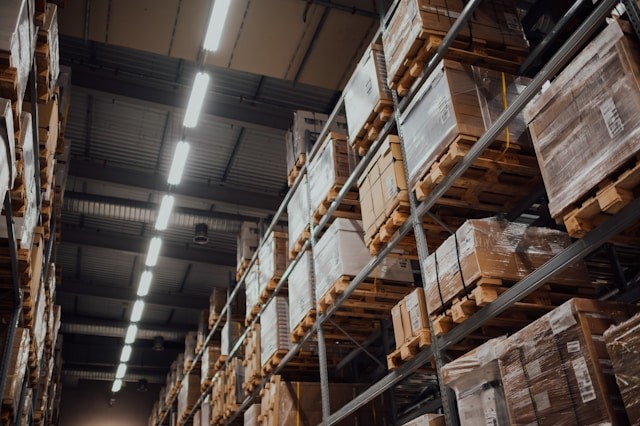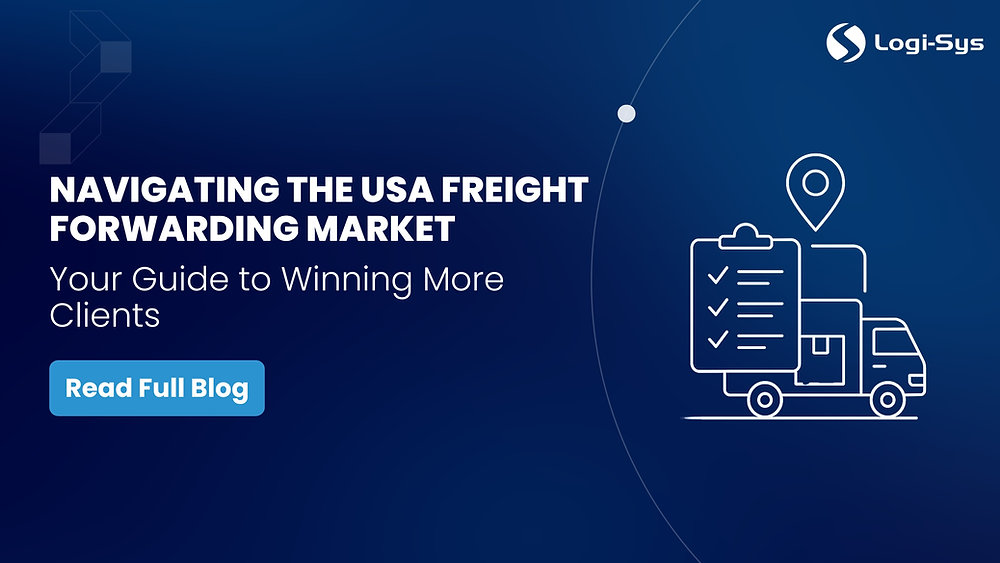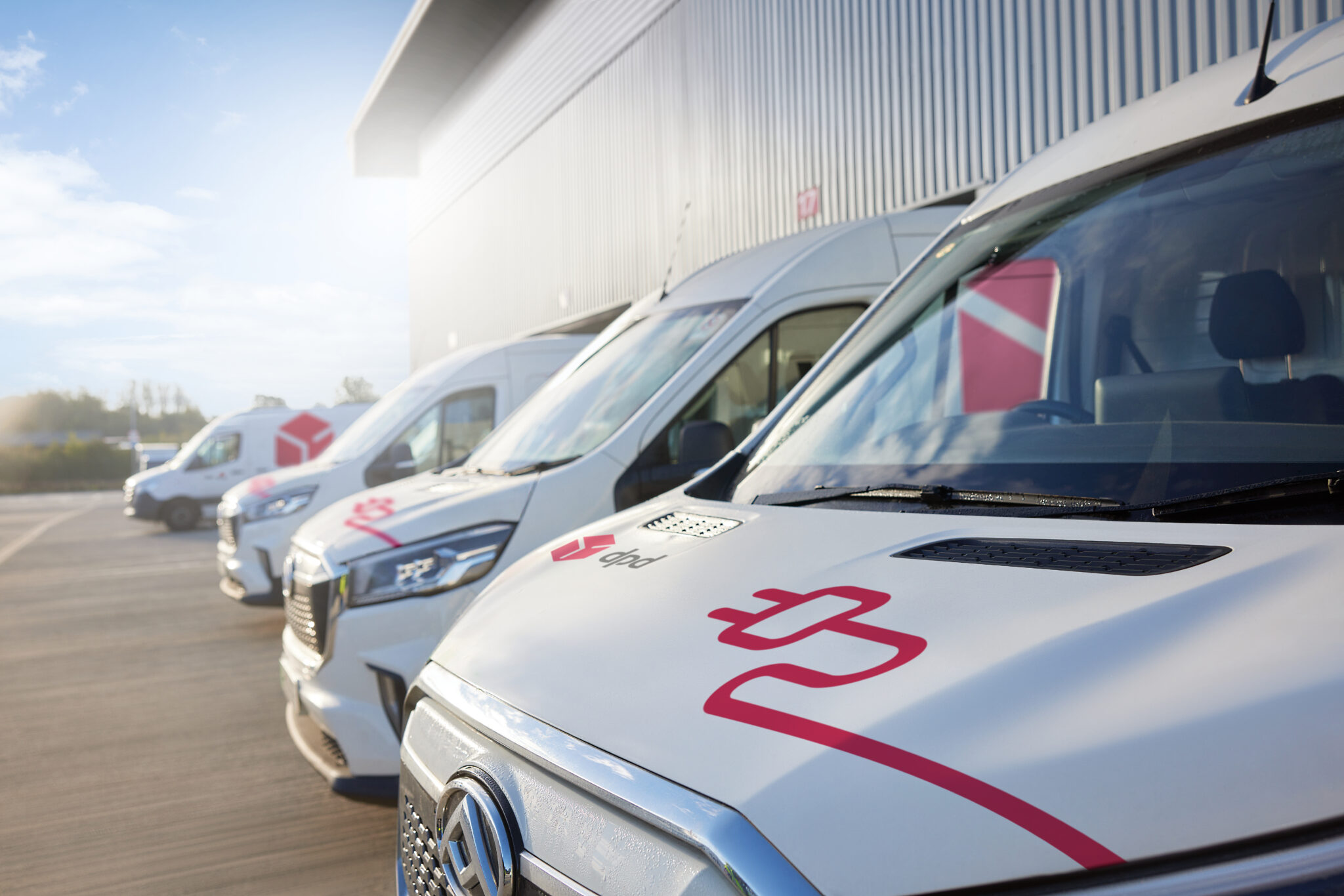With the new META CLIP shelf trolley, META has launched an innovative solution for flexible storage and transport processes. The clever combination of proven system technology and mobile implementation makes the shelf trolley the ideal solution for companies that want to make their storage processes even more efficient, flexible, and closer to the point of use.
Whether for transport, order picking, or temporary storage, the shelf trolley, like all META storage solutions, impresses with its versatility, robustness, and adaptability. Make use of unused storage space under your pallet racking, bring the tire rack directly to the lifting platform or the shelving rack directly to the order picking station. The smooth-running and stable castors with double ball bearings (two braked swivel castors at the front, two fixed castors at the rear) ensure easy and safe manoeuvrability at all times even under load.
Modularly expandable with accessories
The META CLIP shelf trolley can be tailoured precisely to your requirements with the extensive range of accessories. Whether you need shelves or sloping shelves, rear and side panels, tyre holders, bulk goods inserts, scanner rails, dividers, partition grids or mesh baskets – the possibilities are almost endless. The numerous equipment options allow the shelf trolley to be customized to suit a wide range of applications, with a frame height of up to 2,000 mm, shelf depths of 400 to 800 mm, and shelf widths of 1,000 and 1,300 mm.
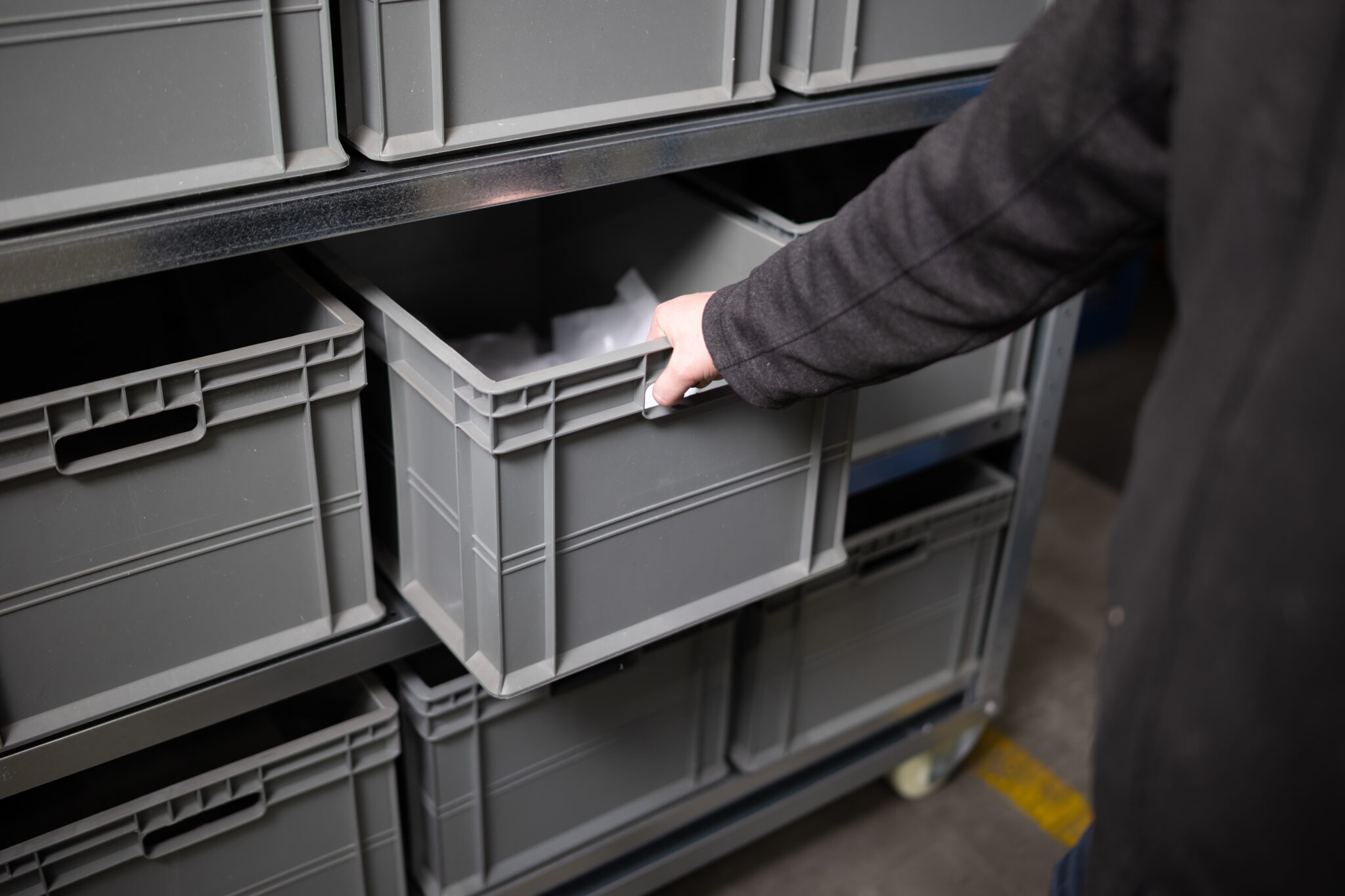

Order suggestions and custom configurations
META offers preconfigured order suggestions – with either shelves or tire racks. Individual configurations can be created in close consultation.
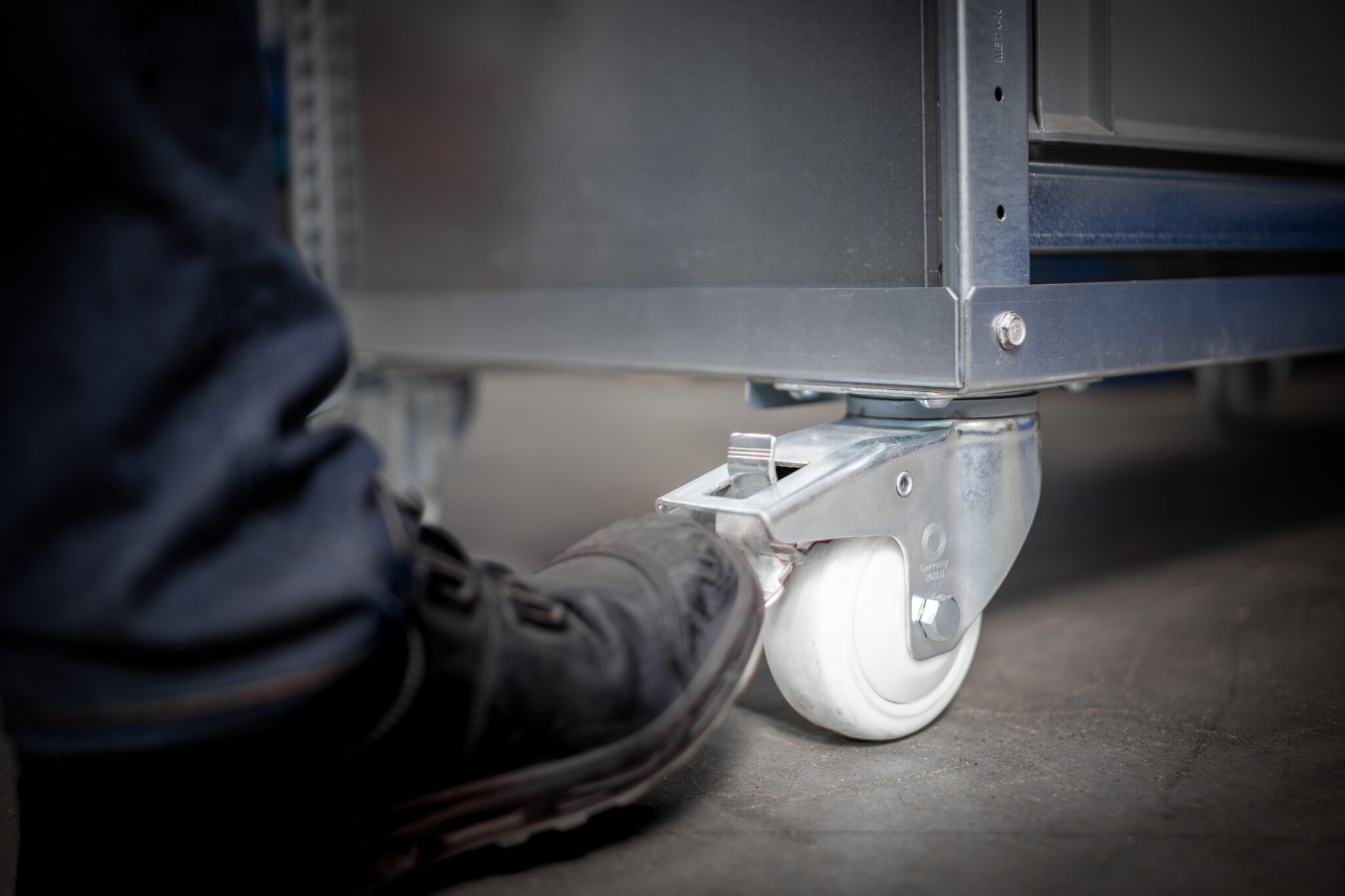

META-Regalbau develops, produces and sells stationary and dynamic racking technology. As a system provider, META deals with all issues relating to warehouse logistics: from consulting, planning and project planning to the assembly of warehouse equipment. META offers its customers complete solutions, from the initial idea to project management, support and commissioning. All components can be combined to create customised system solutions. The products are manufactured at the production sites in Germany at the company headquarters in Arnsberg and in Budweis, Czech Republic. The highest quality standards have been set here for many years. All META storage systems are tested and comply with the relevant norms and quality standards. This is confirmed by various RAL quality marks and the GS mark of the Materials Testing Office.
similar news


